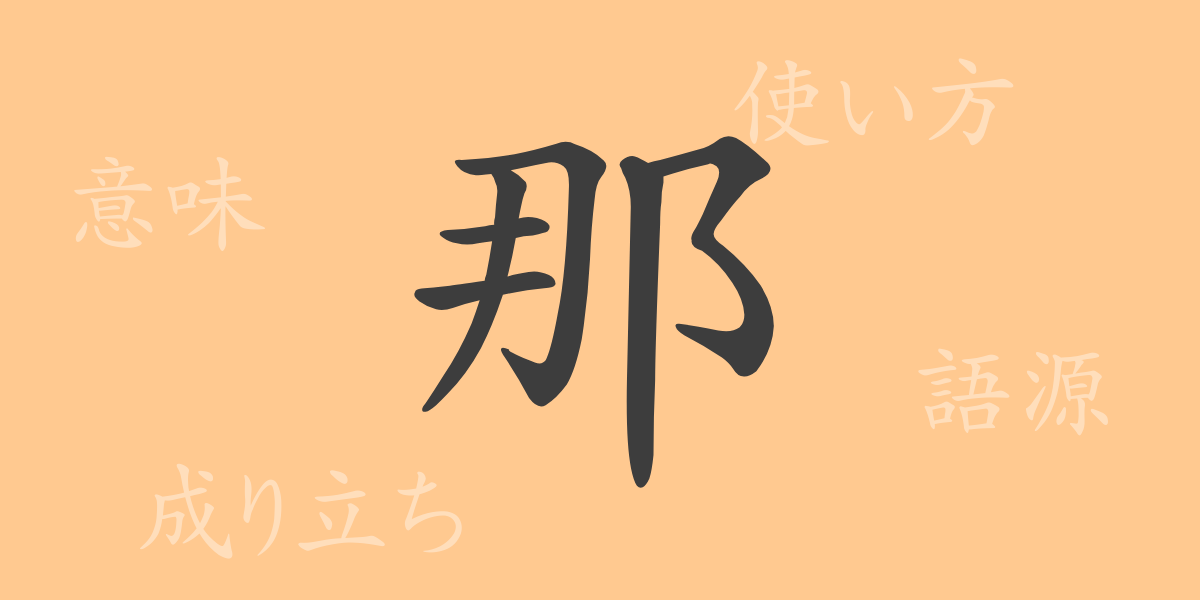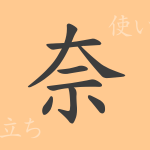Japanese writing is known for its complexity and beauty, and among its commonly used Kanji, ‘那 (な)’ plays a unique role in the language and culture of Japan, despite not being frequently used in everyday life. This article delves into the Kanji ‘那’, exploring its origins, meanings, usage, and even phrases and idioms associated with it.
Origins of ‘那 (な)’
The Kanji ‘那’ developed from ancient Chinese oracle bone script. It was originally used to denote place names and evolved to convey various meanings. From indicating specific regions, it transitioned to represent more abstract concepts, reflecting its adaptability and historical significance.
Meaning and Usage of ‘那 (な)’
‘那’ has multiple meanings, most commonly used as a question word in Japanese, expressing queries such as ‘what kind’ or ‘how much.’ It is also used to refer to certain things or places, depending on the context, requiring precise understanding due to its varying meanings and applications.
Reading, Stroke Count, and Radical of ‘那 (な)’
The essential details about the Kanji ‘那’ are as follows:
- Reading: On’yomi ‘ナ’, Kun’yomi ‘いかん’, ‘どなた’
- Stroke Count: ‘那’ consists of 14 strokes.
- Radical: The radical is ‘邑’ (むらがまえ or むら), associated with place.
Phrases, Idioms, and Proverbs Using ‘那 (な)’
While not abundant, there are several phrases and idioms that include ‘那’:
- 那覇 (なは): The capital city of Okinawa Prefecture.
- 那由他 (なゆた): A Buddhist term meaning an incalculably large number.
- 那須与一 (なすのよいち): A famous archer and warrior from the late Heian period.
Conclusion on ‘那 (な)’
Although not frequently used, the Kanji ‘那’ holds a distinct place in the Japanese language. It carries significant meanings in specific contexts such as place names, Buddhist terminology, and more. Even by focusing on this single character, we can glimpse the depth of the Japanese language and the rich history and culture embedded within Kanji.

























